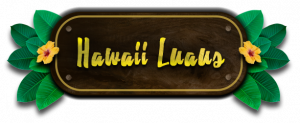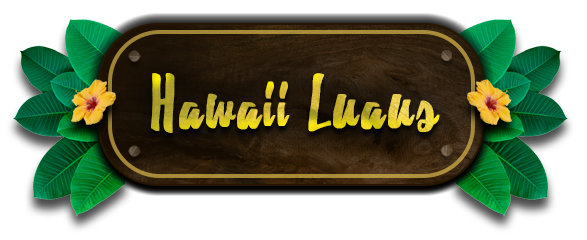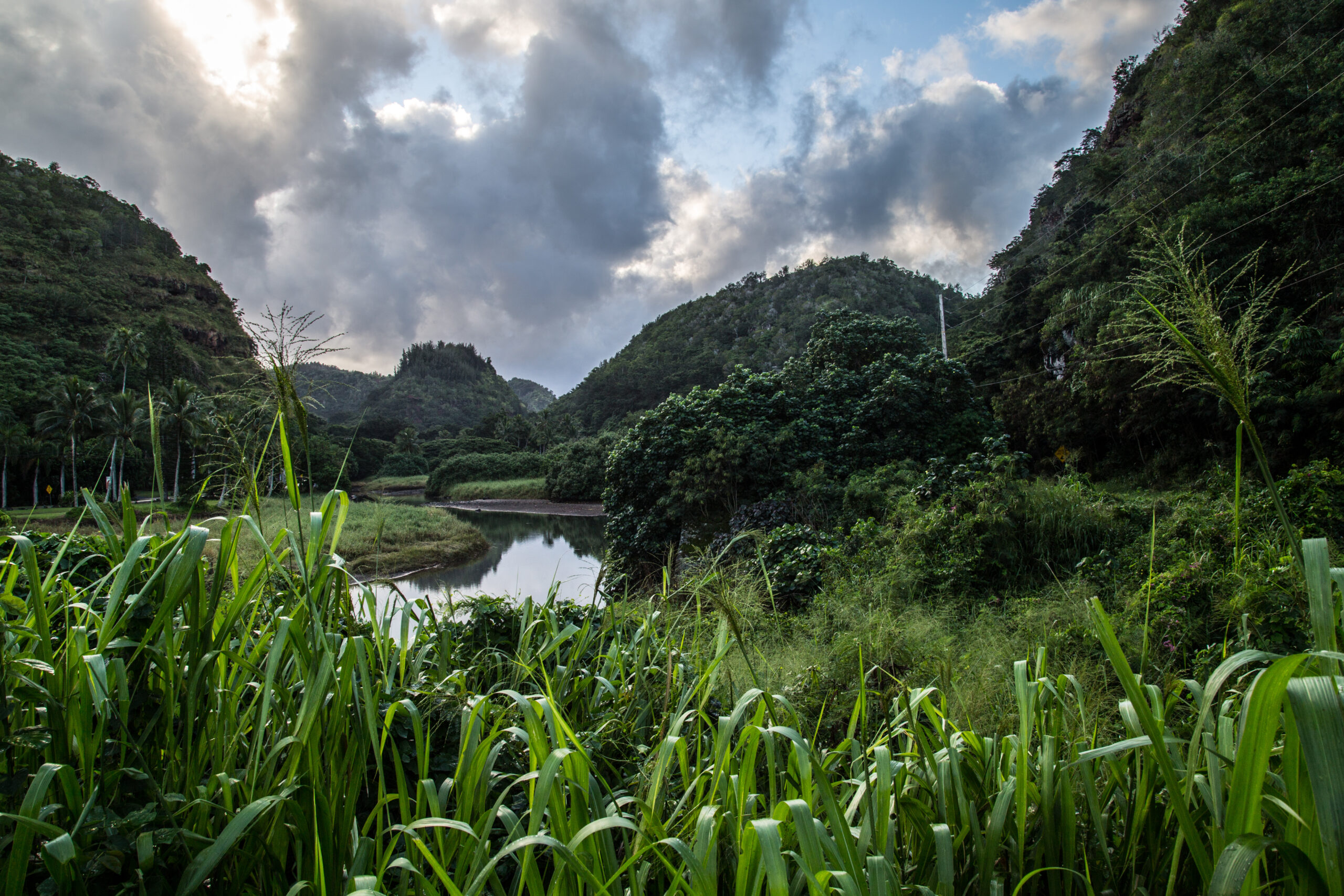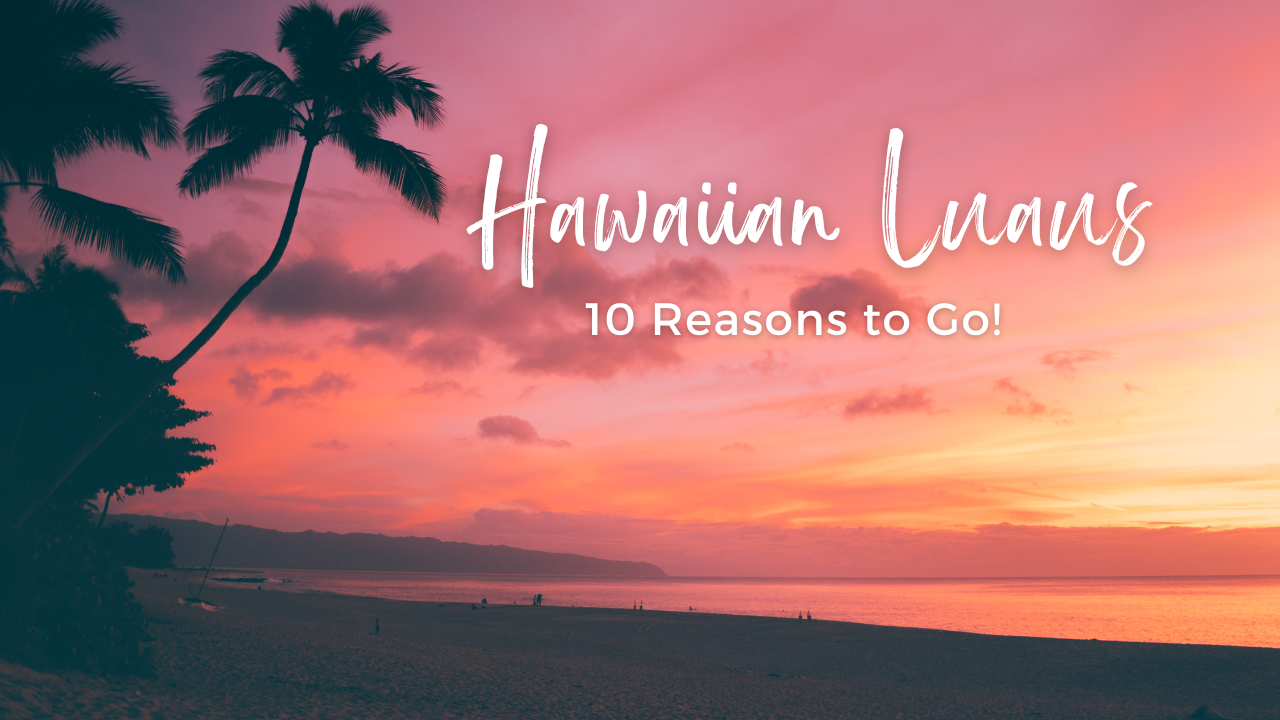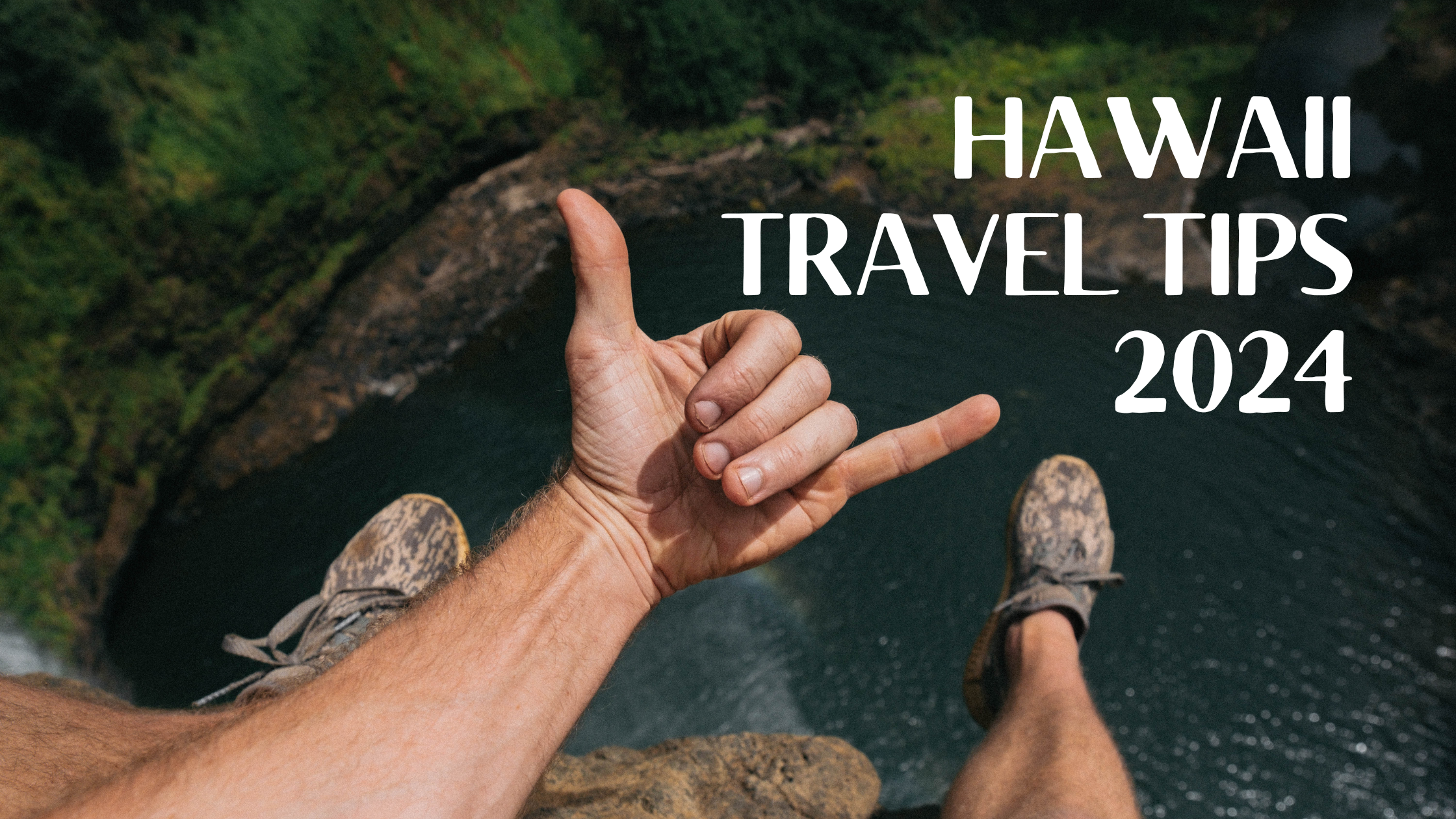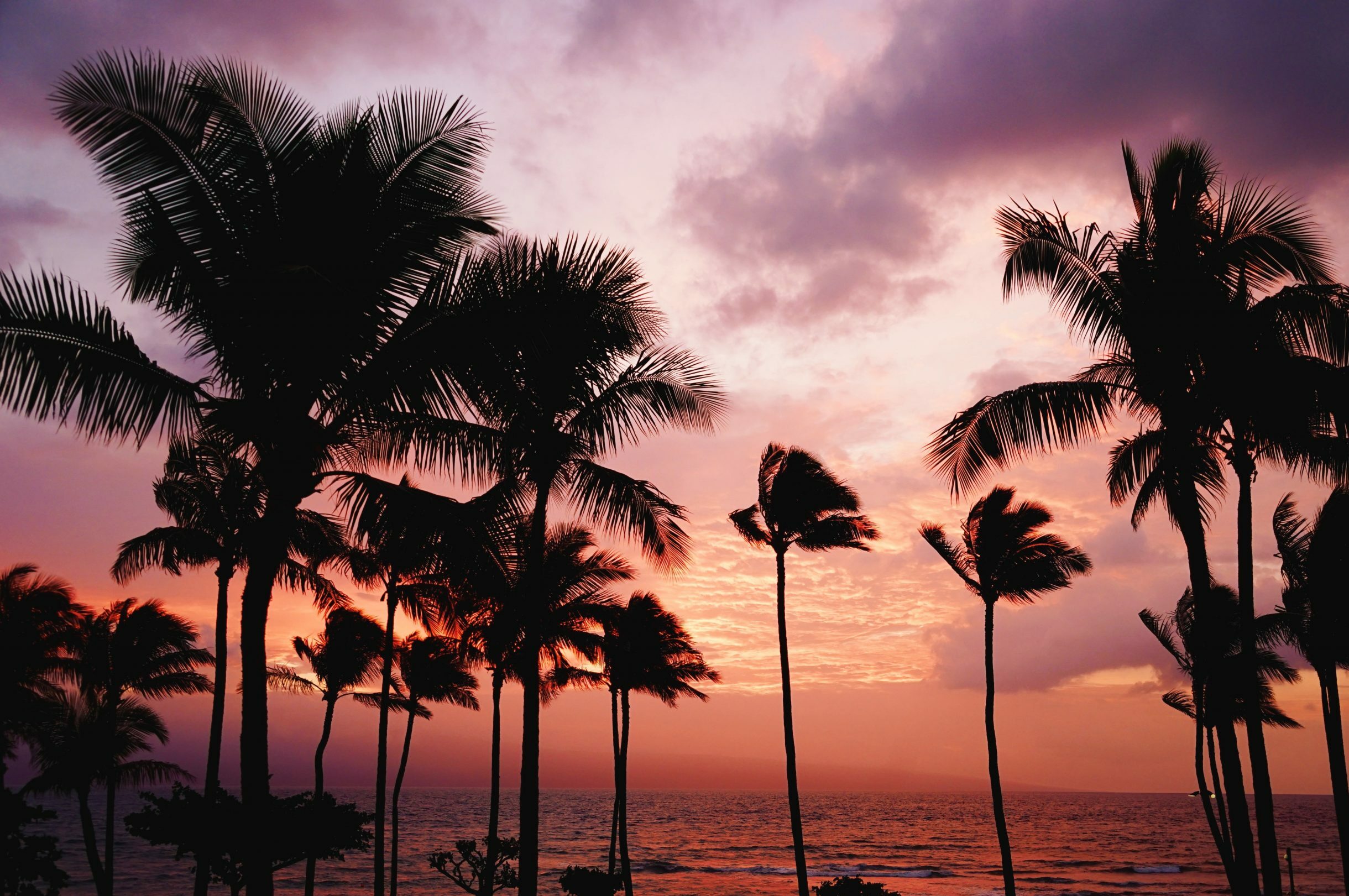Toa Luau – What is Waimea Valley?
by Mark L., July 19, 2019
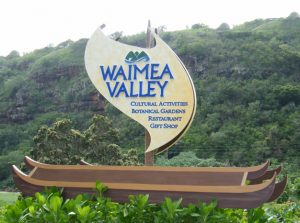
Many Hawaiian luaus include admission to other attractions with their luau packages. And Toa Luau is no different, but their “freebie” may just be the best offer out there.
Toa is set in the beautiful privately owned Waimea Valley. And if you attend the luau you can explore it to your heart’s content without paying an admission fee! So what exactly is Waimea Valley?
Waimea Valley is a beautiful slice of paradise located on Hawaii’s famed North Shore. The land has been considered sacred to native Hawaiians for generations. After many years of being used for commercial purposes, it is now owned and managed by a Native Hawaiian-governed non-profit organization.
Waimea Valley is one of the most popular attractions on Oahu’s North Shore. In addition to being the home of Toa Luau, there is a botanical garden filled with rare tropical plants and cultural sites. But the main attraction is the 45-foot-tall Waimea Falls. After all, who can resist swimming below a waterfall?
A Brief History of Waimea Valley
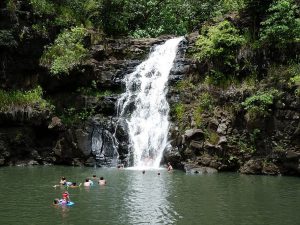
One of the most fascinating aspects of Waimea has nothing to do with its visual splendor. This place has a deep and fascinating history that dates back to the earliest settlers. The earliest records of Waimea Valley date back to 1092 CE.
At this time the North Shore region was given to the kahuna nui or high priests. The valley was home to many high priests, who specialized in everything from fishing to medicine. Over time the area became known as the “Valley of the Priests.”
19th Century: Kingdom of Hawaii
The importance of the area continued to grow after the creation of the Kingdom of Hawaii. Hawaii’s first monarch, King Kamehameha I, awarded the valley to Hewa Hewa Nui. Hewa Hewa was the king’s spiritual advisor and a descendant of the ancient priesthood known as the Pa’ao.
However, by this time Western influence was taking hold and the era of high priests was drawing to a close. Both Hewa Hewa and Kamehameha I’s successors eventually converted to Christianity and denounced Hawaiian spirituality. After his death, years later, the land passed to his granddaughter. When she died in 1886, the land was foreclosed on. Ownership of the valley passed through many hands over the following years.
20th Century: Commercial Use
Each new set of owners used the land for different purposes throughout the 1900s. Firstly for ranching and farming. Then the US military occupied the land during WWII. In the 1960s it became Waimea Falls Ranch and Stables, a Wild West-themed amusement park. And later on, in the late 1970s, a different owner added the botanical gardens that remain today.
Waimea Valley Today
In the early 2000s, the area was slated to become a large housing development. However, a community outcry blocked the development. In 2003, a collaboration of state and federal agencies awarded the land to a Native Hawaiian-governed non-profit. Today Hi’ipaka, LLC owns and manages Waimea Valley. Their mission is to “Preserve and perpetuate the human, cultural, and natural resources of Waimea for generations through education and stewardship.”
What to Expect
Still a tourist attraction that serves as the perfect backdrop to the Toa Luau, Waimea Valley is full of many different things to see, natural and human-made. The botanical garden offers a close look at the beautiful and vibrant flowers scattered across Hawaii while many cultural activities, Polynesian crafts, workshops, demonstrations, and live performances take place on the well-manicured lawns.
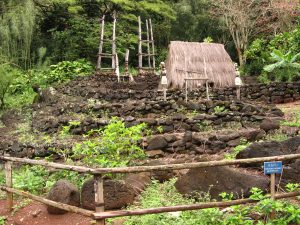
In Waimea Valley, it’s the land itself, which is rich with historic cultural sites including a shrine to the fishing god Ku’ula, kauhale kahiko (housing for high-ranking priests), and Hale O Lono, a heiau, or temple, dedicated to Lono, the Hawaiian god of peace and fertility.
One of the valley’s most striking features is the 45-foot waterfall deep within. It’s not the tallest waterfall you’ll find in the Hawaiian Islands, but the constant rushing of water into an inviting natural pool provides a moment of serene beauty.
Please be advised that Waimea Falls is dependent on rainfall. If visiting during a dry period it may not be flowing strongly and water levels in the basin below may be too low for swimming.
What to do with your Free Admission
We highly recommend getting there early so you can explore the cultural sites, the botanical garden, and Waimea Falls.
Check-in for the luau is at 4:45 PM but before that, the day is yours to explore Waimea Valley. The gates are open from 9 am until 4 pm. You’ll need at least two hours before the luau to check out the waterfall, longer if you are interested in spending more time in the botanical garden and looking at the cultural sites. There is a botanical garden tour every day at 12:30 pm.
There’s a small food court and a gift shop on site as well. There are also changing rooms and restrooms at the falls for you to freshen up before the luau. You are free to leave and come back later for the luau too. So you have the option to check out nearby Haleiwa or Waimea Beach (right across the street).
The Best Ways To Get to Waimea Valley
Drive
The best way to visit Waimea Valley and/or Toa Luau is to rent a car and drive yourself. This doesn’t necessarily mean you’ll need a rental car for your entire vacation. Most places on the southern side of the island as easily accessible from Waikiki, and most tour companies will pick you up at your hotel. But this isn’t the case with Toa Luau and a lot of places on the North Shore.
Consider a short-term rental or using non-traditional rental services just for the days you want to spend exploring the windward side of the island. Hui Car Share, which rents cars by the hour, is located in Waikiki. Likewise, there are also many Turo car shares on Oahu, often for lower rates than the big rental companies. Turo will also rent to any licensed driver who is 18+ years old, whereas most rental car companies will only rent to drivers over 21-25 years old.
Take ‘The Bus”
If you’re wondering if public transportation is an option, it is. However, there are a few things to keep in mind with public transportation. While Oahu’s public transportation system is reasonably good, it’s still subject to the downsides that come with the territory, such as vehicle breakdowns and overcrowding, especially at peak commute times. Having to plan your day around public transportation can be a hassle, and that’s not what vacation is supposed to be about!
Taxi
If renting a car is not an option, you can always negotiate a round-trip rate with the numerous taxi drivers in Waikiki. It will probably cost more than what a rental car costs, but you never know, you may catch a deal. The priority is having safe reliable transportation at the end of the day. One benefit of hiring a driver is that no one in your party has to drive back in the dark. And no one need worry about parking and everyone gets to enjoy the scenery and have a few drinks at the luau if they want to.
Rideshare
While Uber or Lyft may get you there, it could be a struggle to find one to bring you back so please keep that in mind. You could always take a rideshare to the North Shore and schedule a taxi to pick you up after the luau, though.
Keep in mind that Toa Luau also holds afternoon luaus several days a week. The afternoon luaus could make planning your transportation a bit easier. Going to the day luau may make it easier to coordinate rides, bus schedules, or rentals. And if you’re driving yourself, you can avoid driving back to Waikiki in the dark.
